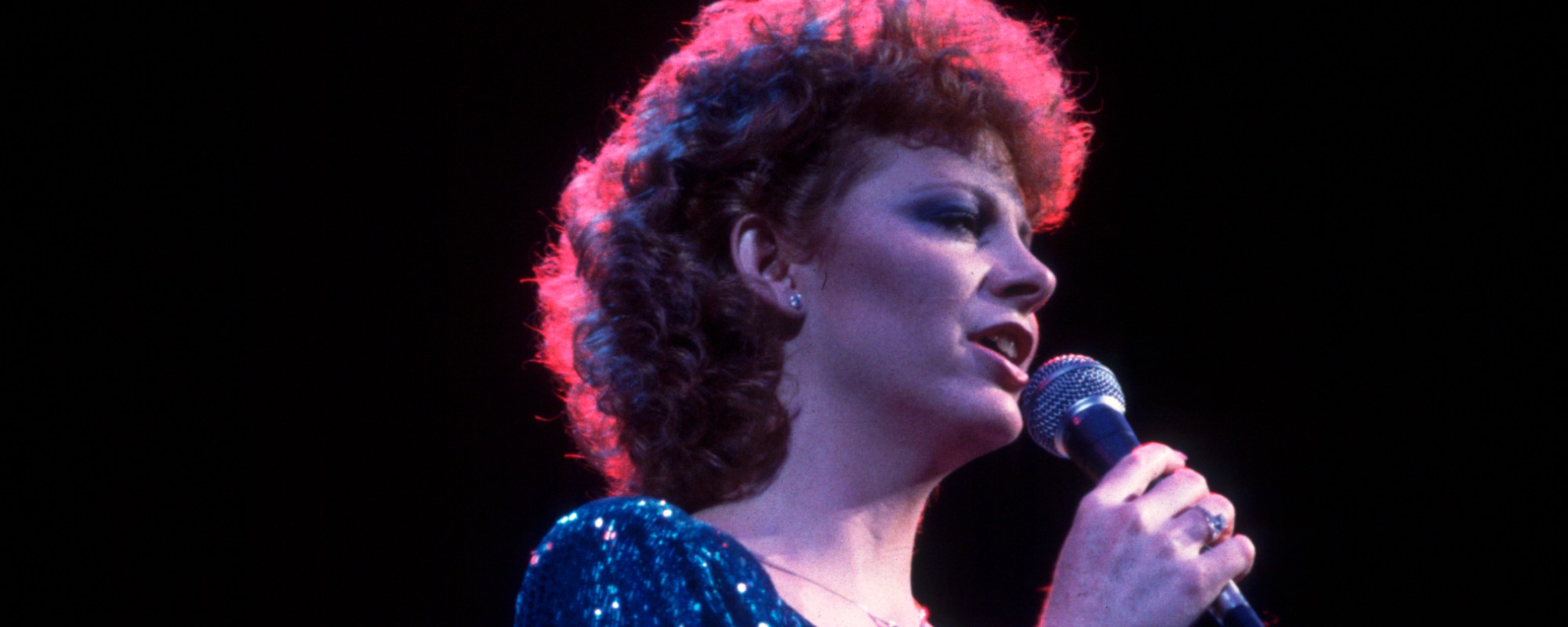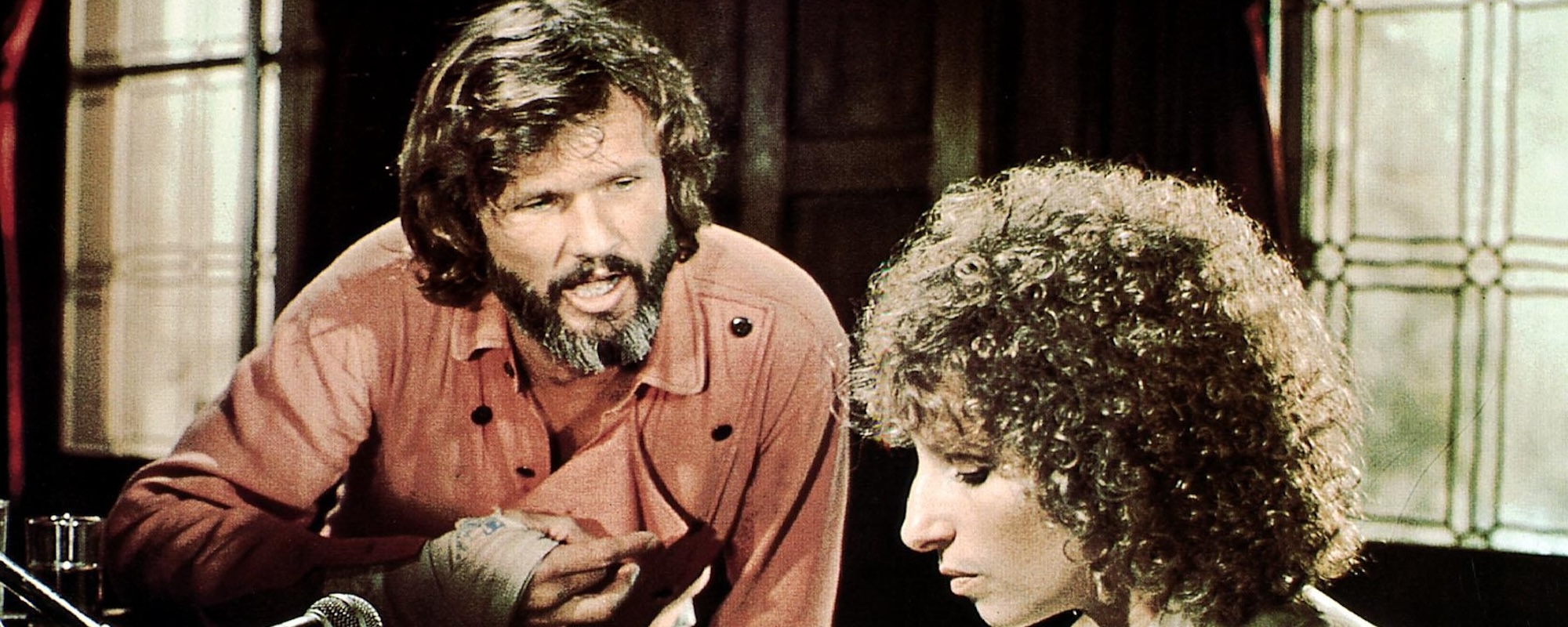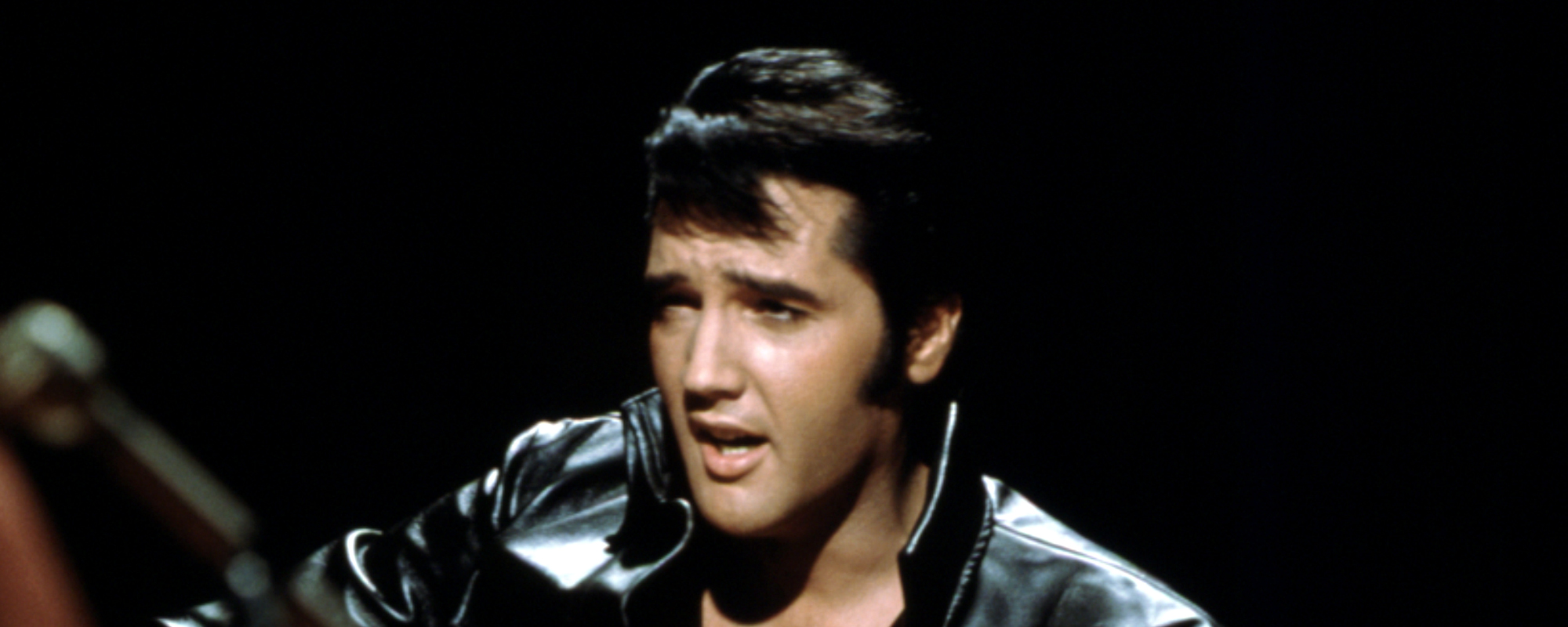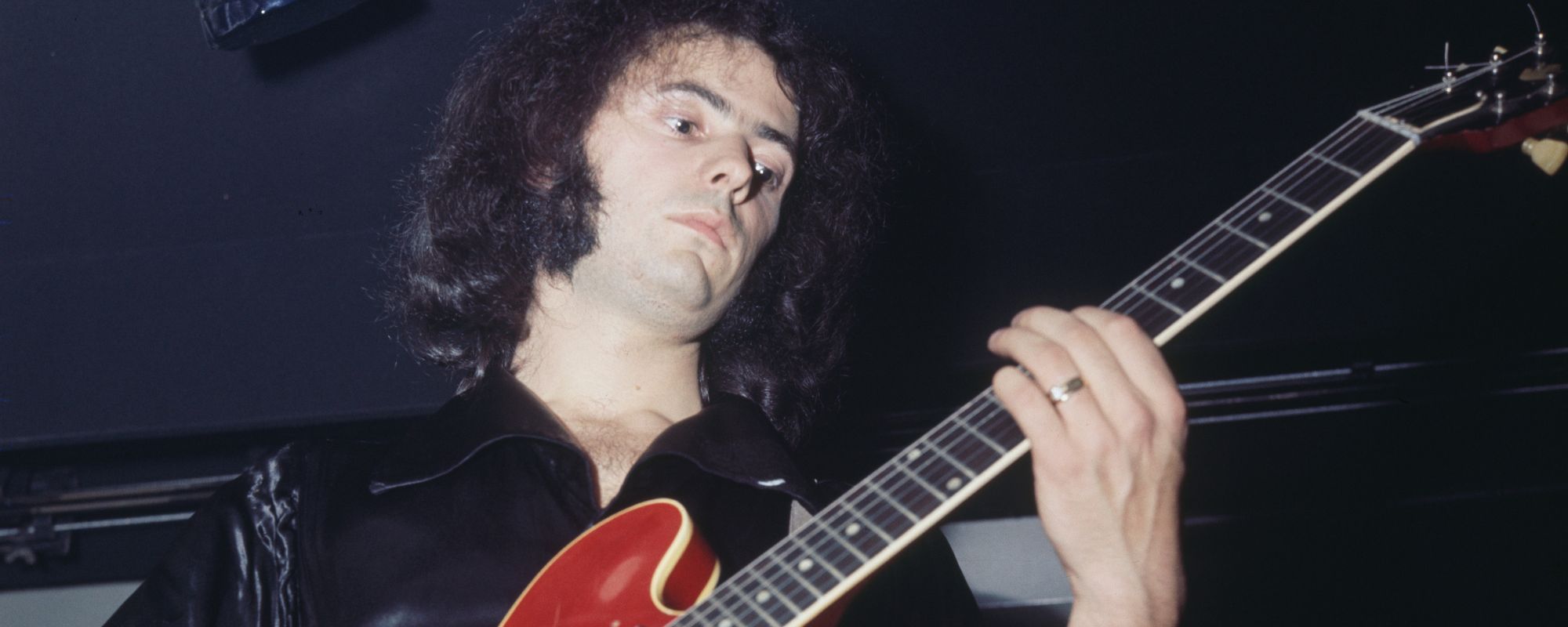Bob Dylan, the hitmaker? We don’t often think about Dylan in terms of being a singles artist. But his track record in that department actually looks impressive. Consider that Dylan was hitting big with songs that were often much more complex than the average Top 40 fare.
Videos by American Songwriter
So, which of his songs did the best on the US charts? Here are five tracks where Dylan proved he could attract pop music audiences in a major way.
“Knockin’ On Heaven’s Door” – No. 12 in 1973
Dylan had always loved the cinema, especially Westerns. That’s why it was a natural for him to make his major acting debut in the 1973 shoot-em-up Pat Garrett & Billy The Kid. Directed by Sam Peckinpah, the film endured a troubled shoot, although Dylan did just fine in his role as Alias. More importantly, he also composed the soundtrack, which included a few dusty instrumentals and some expository songs about Billy. He also knocked off a song for a scene involving a dying cowboy. Despite the unusual inspiration, “Knockin’ On Heaven’s Door” turned into one of his most beloved tracks.
“Lay, Lady, Lay” – No. 7 in 1969
The most common story behind the origin of this song is that Dylan wrote it for the movie Midnight Cowboy, only to have it turned down in favor of “Everybody’s Talkin’”. He also claimed in an interview that he was writing it with the intent of Barbra Streisand recording it. In any case, once he recorded it, he didn’t believe “Lay, Lady, Lay” was worthy of being a single. But Clive Davis intervened, and his magic touch with picking hits proved on point yet again. The song stands out as one of the sultriest Dylan ever recorded, even with its odd percussion combination of cowbell and bongos.
“Positively 4th Street” – No. 7 in 1965
We may never know exactly whom Dylan was verbally assaulting on this, one of the most caustic songs of his career. (And that’s saying something, because he’s released more than a few in that vein.) People often guess it was a response to the way the folk community shunned him. But that feels like too pat a story for someone as elusive as Dylan. Regardless, his withering putdowns hit even harder somehow when accompanied by his unaffected delivery and the chirping organ of Al Kooper. “You’d know what a drag it is to see you” remains one of the best closing line kiss-offs in music history.
“Rainy Day Women #12 & 35” – No. 2 in 1966
Even Dylan himself would probably tell you that he didn’t put too much thought into writing the opening track on his incredible double album Blonde On Blonde. There are several epic songs on that record that hold up much better to repeated listens than this lark. But something about the chaos of it all appealed to people. And there was certainly something subversive in a single espousing the benefits of getting stoned. The title remains a mystery to this day, but that didn’t stop it from finding its audience. Dylan’s insistence on a wild recording atmosphere for the song certainly makes itself plain in the finished product.
“Like A Rolling Stone” – No. 2 in 1965
With a single drum crack, Dylan announced to the world that he was leaving folk music behind. “Like A Rolling Stone” is also often cited as the moment when rock & roll simply became rock, with the turning point being Dylan’s introduction of complex themes and ambivalent emotions. Dylan heard something special in Al Kooper’s organ playing, even though the producer of the track (Tom Wilson) wanted Kooper out of there. The song somehow manages to insult the person that the narrator is addressing and to admire her all at once. One of the most important songs in the history of music.
Photo by Gai Terrell/Redferns










Leave a Reply
Only members can comment. Become a member. Already a member? Log in.